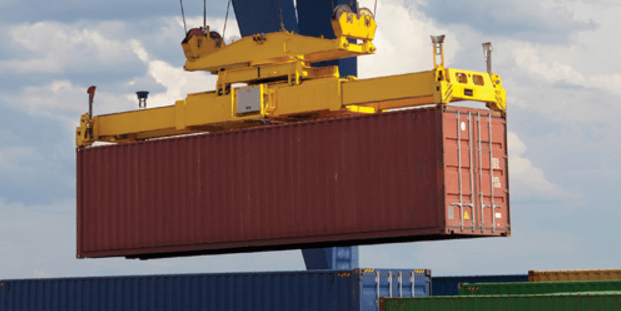Balance of payments figures measure the relative flow of goods, services and capital into and out of the country, represented in the current and capital balances.
On the other hand, the current balance tracks a country’s trade in goods and services and transfer payments, and measures whether a country is living within the limits of its income from trade and investment.
Finally, the capital balance covers all transactions involving the transfer of capital in and out of the country, including loans and investments.
Thus, the overall balance represents the sum of the current and capital balances.
Balance of payments
A surplus in the overall balance indicates a net inflow of foreign exchange, which increases demand and strengthens the local currency.
Conversely, a deficit balance indicates a net outflow of foreign exchange, which reduces demand and weakens the local currency.
The financial account reflects the overall balance.
If the overall balance is positive, the surplus, which represents the nation’s savings, finances the overall deficit of the country’s trading partners.
Consequently, the financial account will show cash outflows equal to the overall surplus. If, on the other hand, the overall balance is negative, the country has an international deficit that it must finance.
Thus, the financial account will show cash inflows equal to the overall deficit.
![]()

